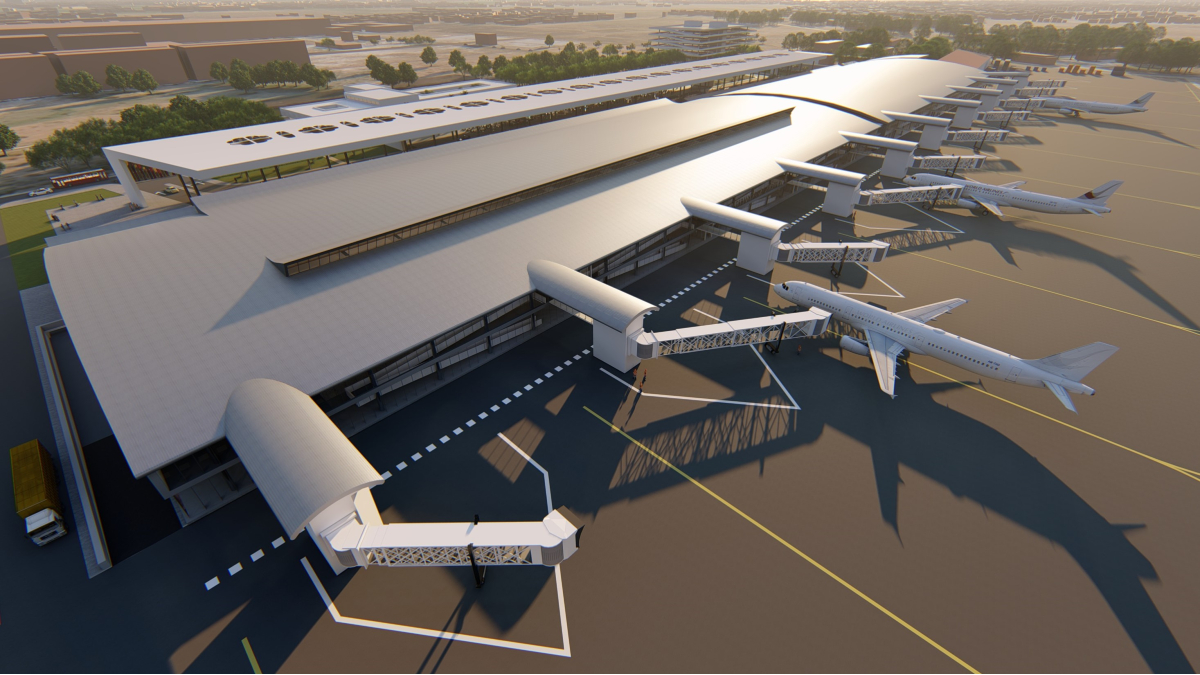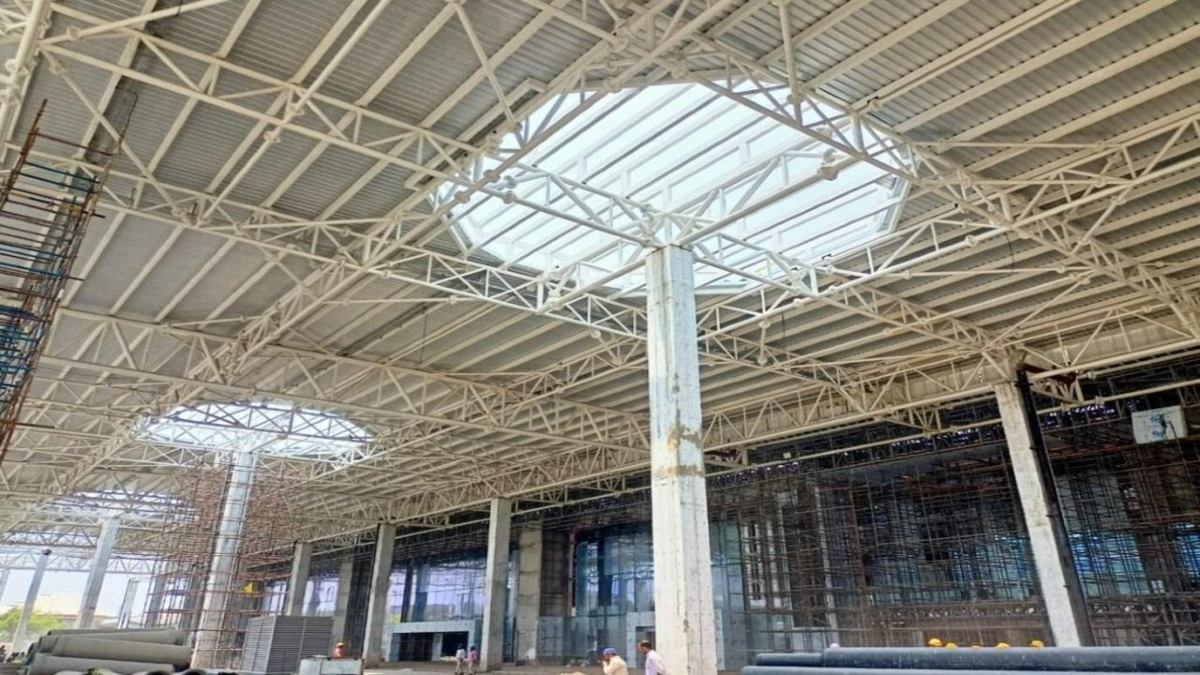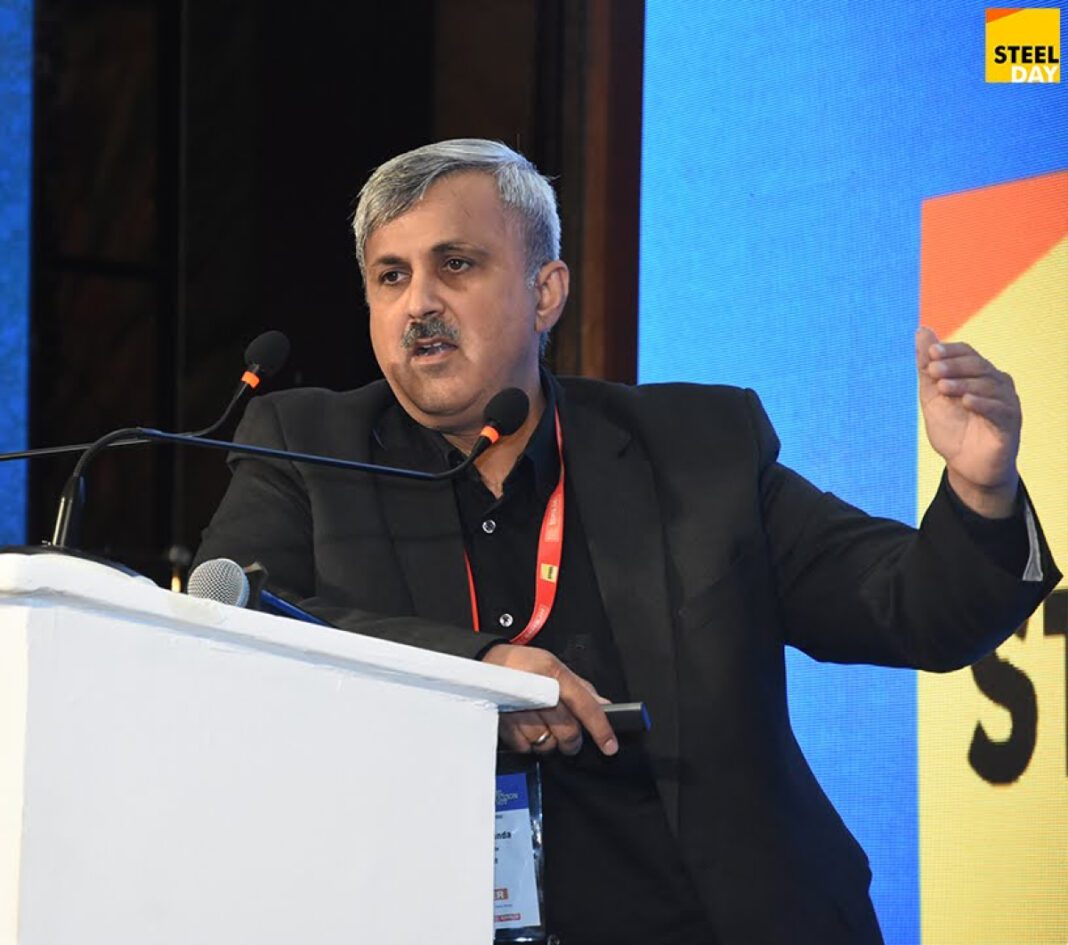What attracts you to using steel as a primary building material in your architectural projects?
The ability of steel to cover large spans with a smaller structural footprint and comparatively lighter weight attracts us to use steel in our large infrastructure projects. The use of steel as architectural expression is also quite interesting.
For example, the steel trussed roof of Sitaburdi Interchange Station of Nagpur Metro has been designed over the interchange station at the exact ‘point of crossing of 2 lines’. The trussed structure was designed in the form of a ‘large crown to the station’ which is also the highest point of the station.
Can you share any specific examples of how you have used steel in your designs or projects?
Our recently constructed Pune Metro Project extensively uses steel in the roof, ‘The Great Verandah,’ and the facade. Similarly, steel has been a key material in our other Metro Projects, utilised in both the roof and facades. Additionally, the steel truss at Pune Airport supports large-span structures, roof profiles, and specifically shaped skylight cutouts as required.
Are there any architects or architectural projects that have inspired your interest in steel design? Please share your thoughts.
The Centre Pompidou in Paris has been a significant inspiration for my interest in steel design. This cultural centre uniquely exposes all the infrastructure of the building onto the facade, showcasing steel in an innovative way. The concept portrays “the museum itself as a movement.”
 In what ways does designing with steel impact construction timelines and costs compared to other materials?
In what ways does designing with steel impact construction timelines and costs compared to other materials?
Steel construction is faster and, if designed optimally, can lead to overall savings due to a smaller structural footprint and earlier project completion. When used in a simple, straight design, the design and construction timelines, detailing, and costs are manageable. However, complex designs with curves and profiles complicate detailing and require significant coordination, impacting budgets and timelines. Therefore, we strategically design our projects to navigate through the project lifecycle without major impacts on timelines or costs, while still being innovative enough to stand out.
How do you stay updated on the latest developments and trends in steel-based architecture and design?
I regularly attend seminars and conferences and read magazines and journals to stay updated. I actively participate in seminars, and conferences, and stay updated through reading of magazines and journals.
What challenges have you encountered when working with steel in your architectural projects, and how did you address them?
One of the challenges we encountered was the need for structures to be fire-resistant. Fortunately, there are intumescent coatings available that can make steel meet desired codal requirements for fire resistance.
 What is your opinion on the future of steel in architecture, considering emerging technologies and sustainability trends?
What is your opinion on the future of steel in architecture, considering emerging technologies and sustainability trends?
As projects grow larger in scale, steel is increasingly becoming integral to architectural projects. Complex projects, large-span infra projects, and industrial buildings often use steel. There is always a question of embodied carbon in steel due to its manufacturing processes. However, technological advancements are helping the steel industry transition towards adopting cleaner technologies to reduce carbon emissions from manufacturing.
Are there any specific projects or areas within the steel construction industry that you hope to explore in the future?
We are exploring the use of stainless steel products in facades and large public artwork. Additionally, we are also incorporating steel elements like pipes in our ongoing railway station modernisation projects.





